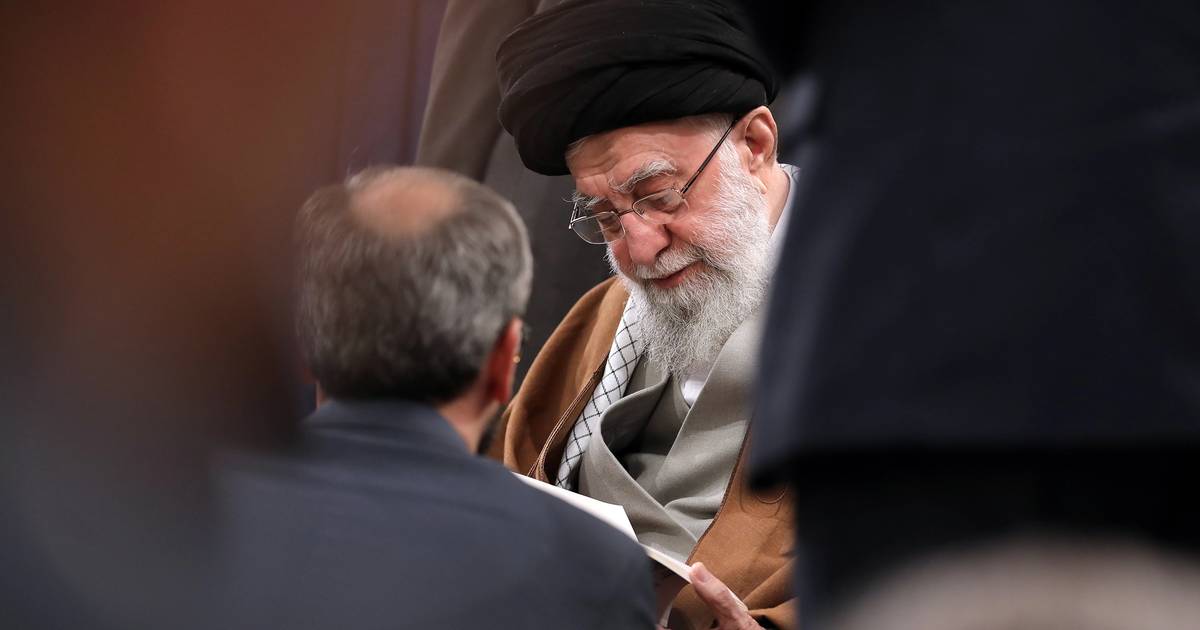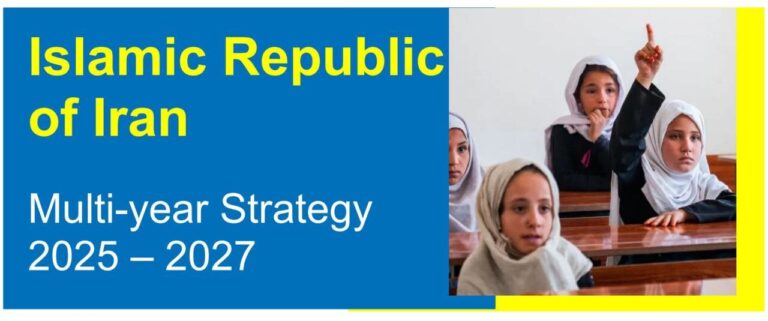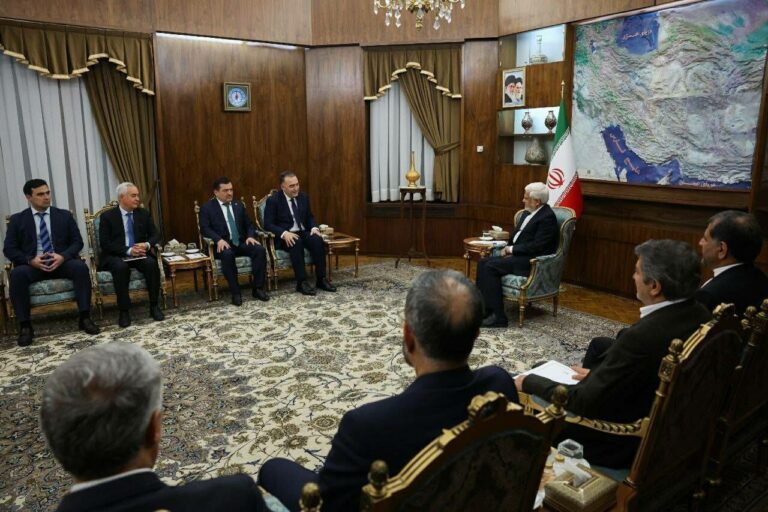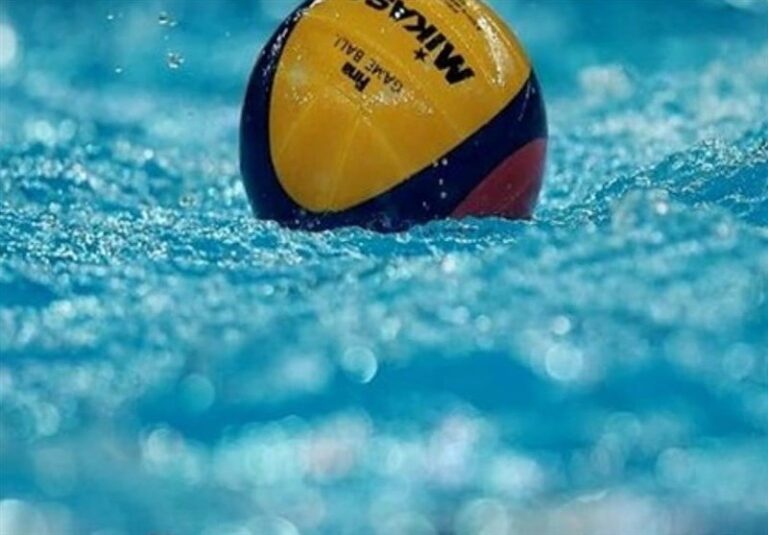Iran Closes the Door on a Tumultuous Year, Facing an Uncertain Future Ahead
The Iranian year 1403, which concluded on March 20, 2024, proved to be one of the most challenging periods for the country’s ruling elite. Battling economic hardships domestically and facing historic setbacks internationally, Iran’s leadership found itself in a precarious situation. As the new year commenced, Iran was already struggling with a fragile economy and the specter of political unrest. However, on a regional scale, the nation still projected strength, positioning itself as a significant counterforce to U.S. and Israeli interests.
Conflict with Israel
At the onset of 2024, Israel was deeply embroiled in its ongoing conflict with Hamas, which is supported by Iran. Tehran asserted that its adversary was trapped in an unwinnable war, boasting about its so-called Resistance Front and threatening to escalate hostilities against both Israel and U.S. interests. The Houthis in Yemen were already disrupting maritime trade in the Red Sea, launching missiles at Israel, and further escalating tensions in the region.
- Houthi attacks on maritime trade, which commenced in November 2023, were sparked by a declaration from Iran’s Supreme Leader, Ali Khamenei.
- These assaults resulted in an estimated $200 billion in losses to the global economy.
In less than a month into the Iranian year, Tehran conducted a large-scale missile and drone strike against Israel in April 2024, following Israeli assaults on Iranian positions in Syria. Despite most of the projectiles being intercepted with minimal damage, the Islamic Republic framed the attack as a significant victory against the “Zionist entity.” At that moment, Tehran appeared robust and seemingly capable of deterring its most formidable opponent.
However, the situation began to shift dramatically in late July when the leader of Hamas, Ismail Haniyeh, was killed in an explosion while staying in a government guesthouse in Tehran. The circumstances surrounding the incident raised questions; it remains unclear if it resulted from a planted explosive or an Israeli missile strike. Nonetheless, this incident highlighted Tehran’s vulnerability to attacks, as its arch-foe demonstrated the capability to strike at will.
This assassination was just one of several high-profile killings that followed, including the deaths of Hezbollah leaders via bomb-laden communication devices, culminating in the assassination of Hassan Nasrallah, Hezbollah’s storied leader.
Political Crisis
Before these significant events, Iran experienced another major shock in May 2024 when hardline President Ebrahim Raisi and his foreign minister perished in a mysterious helicopter crash in northwestern Iran. Many questioned the official explanation of bad weather, which was never conclusively verified, leading to speculation about a high-level internal conspiracy or an Israeli operation. Raisi had been perceived as ineffective, overseeing a rapidly declining economy since he took office in 2021.
In June, Iran conducted presidential elections, where several key candidates were disqualified through a vetting process controlled by Khamenei. Ultimately, Masoud Pezeshkian, a politician lacking executive experience, faced hardliner Saeed Jalili in a runoff with low voter turnout and emerged victorious. During his campaign, Pezeshkian made it clear that he intended to follow Khamenei’s directives without deviation.
Many Iranians still harbored hopes for limited reforms and a diplomatic breakthrough to alleviate U.S. sanctions. However, when Khamenei formally prohibited negotiations in early February 2025, Pezeshkian pledged his loyalty to Khamenei’s directive, disappointing even his Reformist supporters.
Economic Crisis
By mid-2024, with Hezbollah and Hamas weakened and Israel becoming increasingly confident in targeting Iranian military assets, Iran’s economic troubles worsened significantly. The Iranian rial, which had been approximately 550,000 per dollar in September 2023, plummeted to 900,000 by February and even reached one million by March 18, 2024.
- The deteriorating economic situation underscored a government’s inability to reverse the downward spiral.
- Severe energy shortages crippled both households and industries throughout the fall and winter, leading to regular announcements of power shutdowns across the country.
Iran’s oil exports to China continued through intermediaries at substantial discounts, but the Trump administration escalated sanctions on oil tankers and trading entities after Biden’s late-term crackdown on exports. Revenues from these limited exports fell far short of meeting the government’s foreign currency requirements, particularly given Tehran’s ongoing financial obligations to regional proxy groups.
Bleak Outlook
Political insiders in Tehran now express skepticism regarding Pezeshkian’s administration’s capability to address the escalating economic crisis. The only potential relief would stem from easing U.S. sanctions, but Khamenei has thus far resisted pressure to make concessions.
- It remains uncertain whether Washington seeks merely a binding agreement to prevent Iran from enriching uranium to weapons-grade levels or whether it also intends to restrict Tehran’s ballistic missile program and regional activities.
- Khamenei appears to be employing delaying tactics, hoping for a shift in circumstances or stalling until the next U.S. elections.
Meanwhile, Trump continues to tighten sanctions and ramp up military threats, either directly or through Israel. Another pressing challenge is the risk of public unrest due to soaring prices and increasing political instability. While the Islamic Republic has demonstrated a willingness to use lethal force against protesters, its capacity to suppress mass uprisings is not guaranteed. Should essential goods reach hyperinflation levels, even security forces and loyalist cadres—who depend on fixed incomes—could begin to waver.






